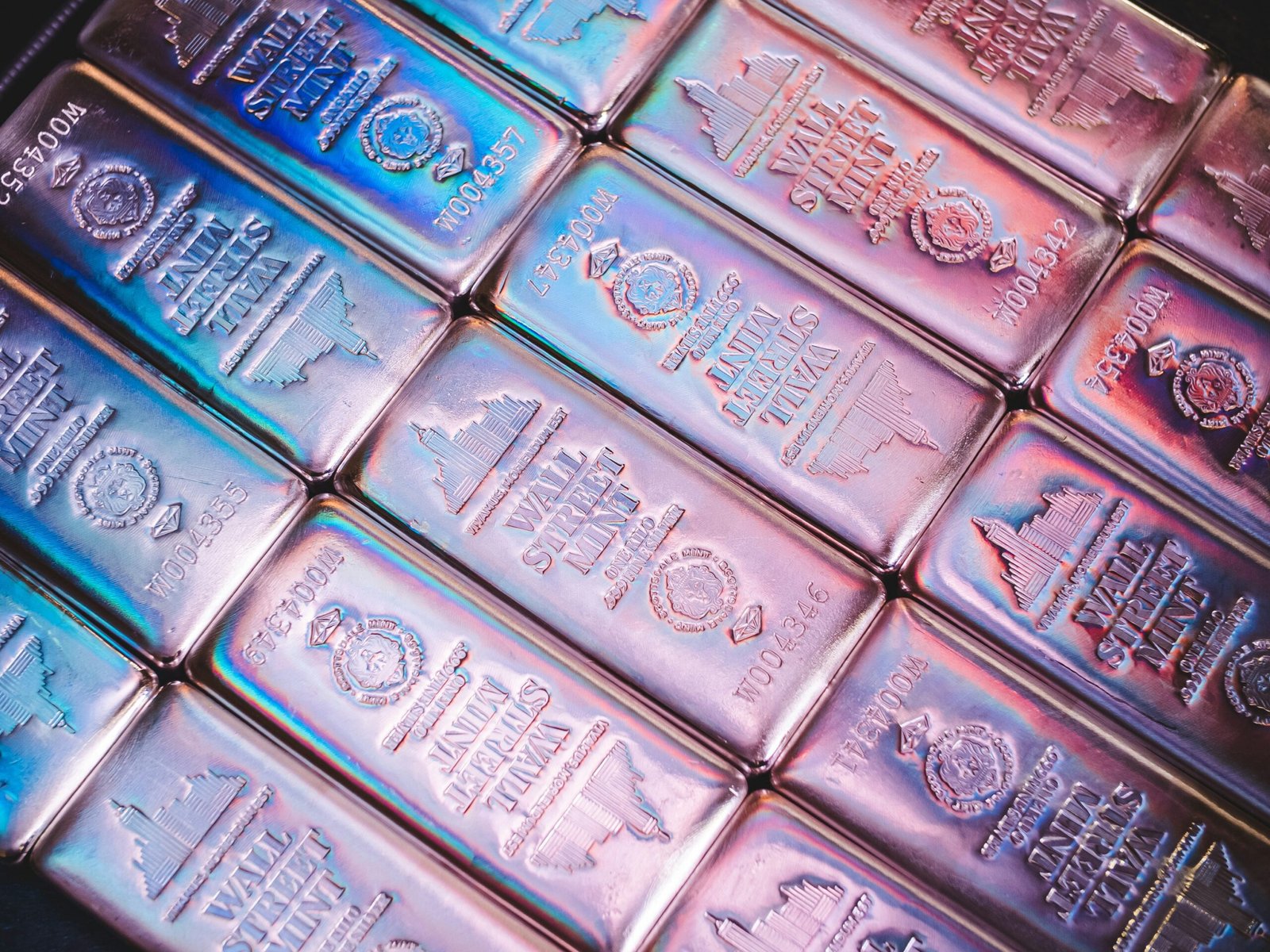The Precious Metals Market: A Guide to Trading Gold, Silver, Platinum, and Palladium
Precious metals, such as gold, silver, platinum, and palladium, have long been valued for their beauty, rarity, and use in various industries. In addition to their aesthetic appeal, these metals also serve as a store of value and a hedge against inflation. The trading of precious metals has become increasingly popular among investors and traders looking to diversify their portfolios and capitalize on market opportunities. In this article, we will explore the basics of the precious metals market and provide insights into trading these valuable commodities.
The Role of Precious Metals in the Global Economy
Precious metals play a crucial role in the global economy. They are used in a wide range of industries, including jewelry, electronics, automotive, and aerospace. These metals possess unique properties that make them indispensable in various manufacturing processes. For example, gold is highly conductive and resistant to corrosion, making it ideal for use in electronics. Silver is widely used in photography, solar panels, and medical equipment. Platinum and palladium are essential components in catalytic converters, which help reduce harmful emissions from vehicles.
Aside from industrial applications, precious metals also hold significant value as investment assets. Historically, they have been considered a safe haven during times of economic uncertainty. When the stock market is volatile or inflation is on the rise, investors often turn to precious metals as a means of preserving their wealth. The limited supply and high demand for these metals contribute to their enduring value.
Trading Precious Metals: How Does It Work?
The trading of precious metals can be done through various channels, including futures contracts, exchange-traded funds (ETFs), and physical bullion. Let’s take a closer look at each of these methods:
Futures Contracts
Futures contracts are agreements to buy or sell a specific quantity of a commodity at a predetermined price and date in the future. In the case of precious metals, futures contracts allow traders to speculate on the price movements of gold, silver, platinum, or palladium without owning the physical metal. This type of trading requires a deep understanding of market dynamics and the ability to analyze technical and fundamental factors that may influence price fluctuations.
Exchange-Traded Funds (ETFs)
Exchange-traded funds (ETFs) are investment funds traded on stock exchanges that aim to track the performance of a specific index or asset class. Precious metal ETFs offer investors exposure to the price movements of gold, silver, platinum, or palladium without the need to hold physical metal. These funds are a popular choice for those who want to invest in precious metals without the logistical challenges of storing and securing physical bullion.
Physical Bullion
For those who prefer to own physical precious metals, buying and storing bullion is an option. Bullion refers to bars, coins, or ingots made of gold, silver, platinum, or palladium. Investors can purchase bullion from reputable dealers and store it in secure facilities or personal safes. Owning physical bullion provides a tangible asset that can be held for the long term or sold when prices are favorable.
Factors Influencing Precious Metals Prices
Several factors can influence the prices of precious metals:
Supply and Demand
The basic economic principle of supply and demand plays a significant role in determining the prices of precious metals. When demand exceeds supply, prices tend to rise, and vice versa. Factors that can affect supply include mining output, geopolitical tensions, and production disruptions. On the demand side, factors such as industrial usage, jewelry consumption, and investment demand can impact prices.
Macroeconomic Factors
Macroeconomic indicators, such as interest rates, inflation rates, and currency fluctuations, can also influence precious metals prices. For example, when interest rates are low, the opportunity cost of holding non-yielding assets like gold or silver decreases, making them more attractive to investors. Inflation erodes the purchasing power of fiat currencies, leading investors to seek refuge in precious metals.
Market Sentiment
Market sentiment, driven by investor confidence and risk appetite, can have a significant impact on precious metals prices. During times of economic uncertainty or market volatility, investors may flock to safe-haven assets like gold, driving up its price. Conversely, when markets are performing well and investors are optimistic, the demand for precious metals may decrease.
Risks and Considerations
While trading precious metals can offer lucrative opportunities, it is essential to be aware of the risks involved:
Price Volatility
Precious metals prices can be highly volatile, with significant price swings occurring within short periods. Traders must be prepared for sudden fluctuations and have risk management strategies in place to mitigate potential losses.
Market Manipulation
As with any financial market, there is a risk of market manipulation in the precious metals market. Traders should exercise caution and stay informed about regulatory developments and potential fraudulent activities.
Storage and Security
If you choose to invest in physical bullion, you need to consider the costs and logistics of storing and securing your precious metals. Safe storage facilities or personal safes are necessary to protect your investment.
Conclusion
The precious metals market offers a range of opportunities for investors and traders looking to diversify their portfolios and capitalize on market trends. Whether through futures contracts, ETFs, or physical bullion, trading precious metals requires a solid understanding of market dynamics and the factors that influence prices. As with any investment, it is crucial to conduct thorough research, assess risks, and develop a well-defined trading strategy. By doing so, you can navigate the precious metals market with confidence and potentially reap the rewards of this valuable asset class.

